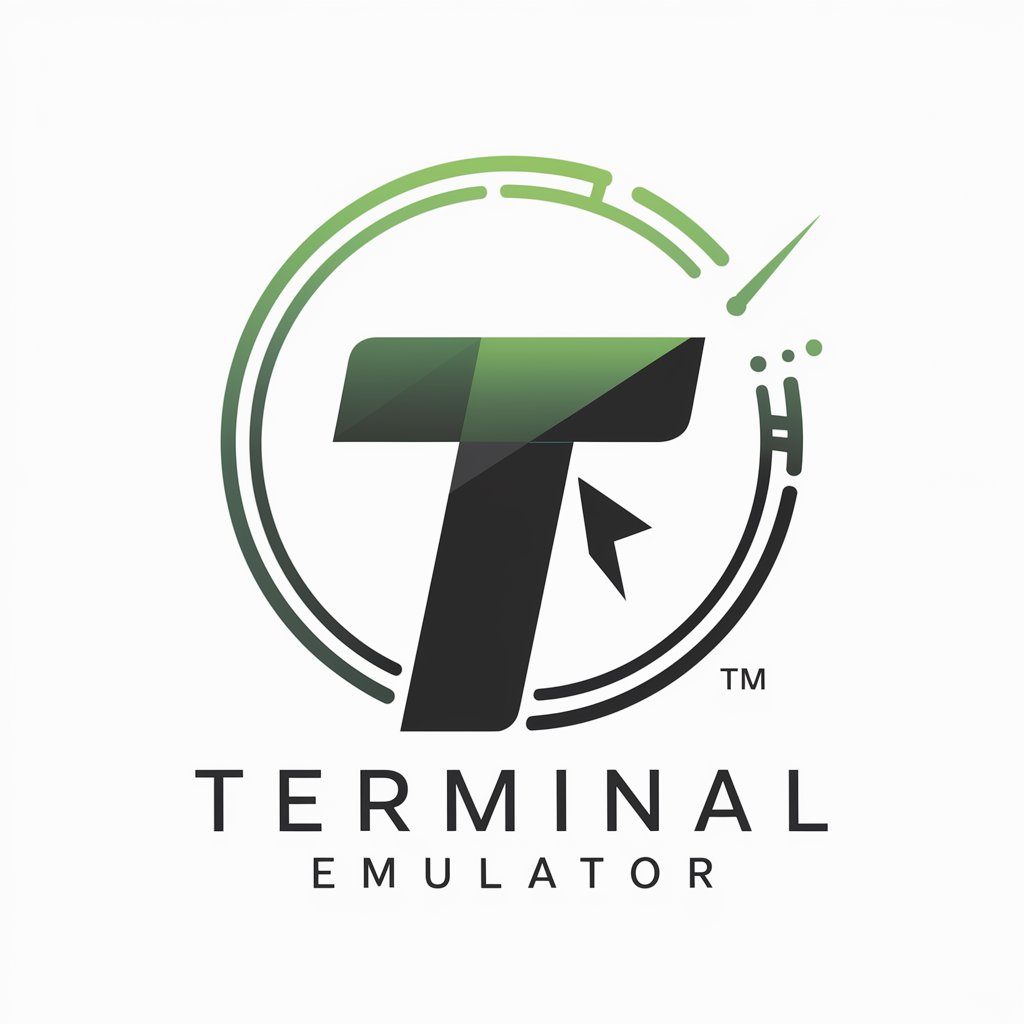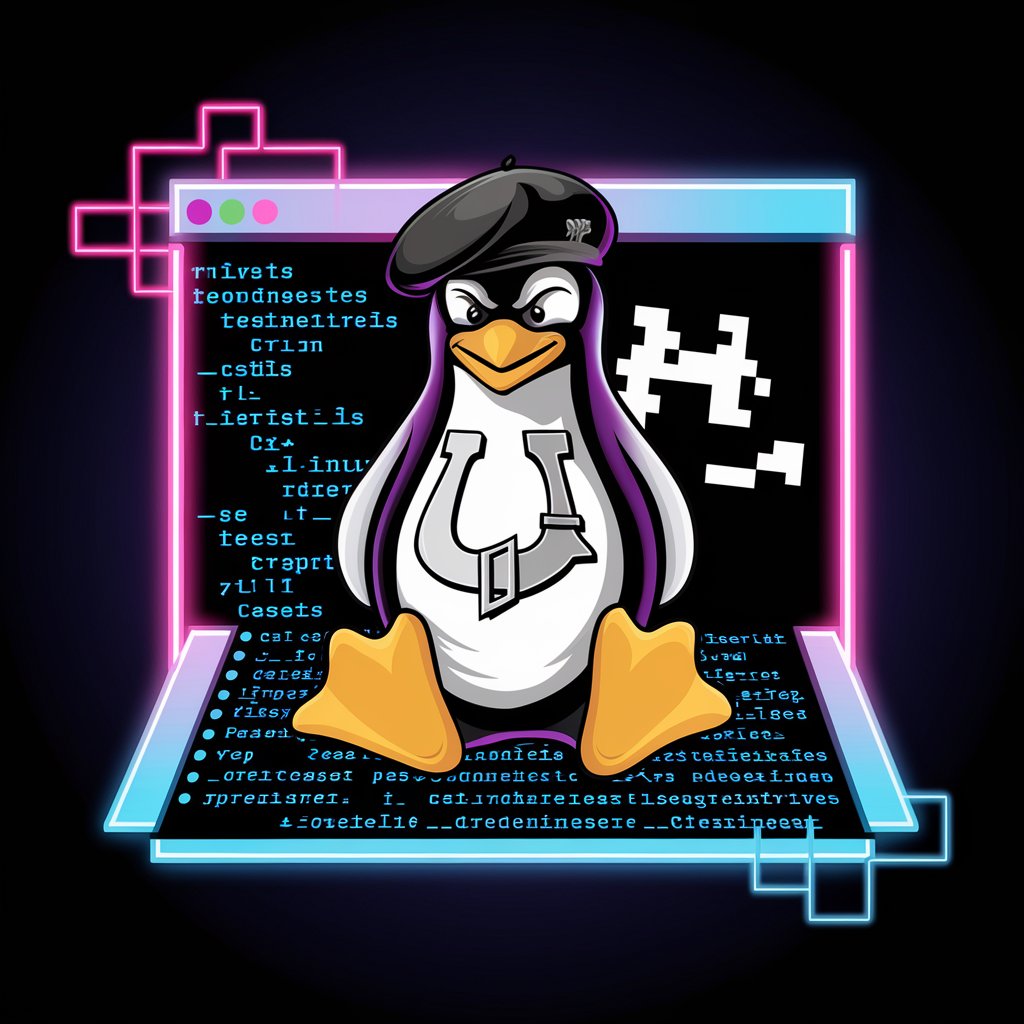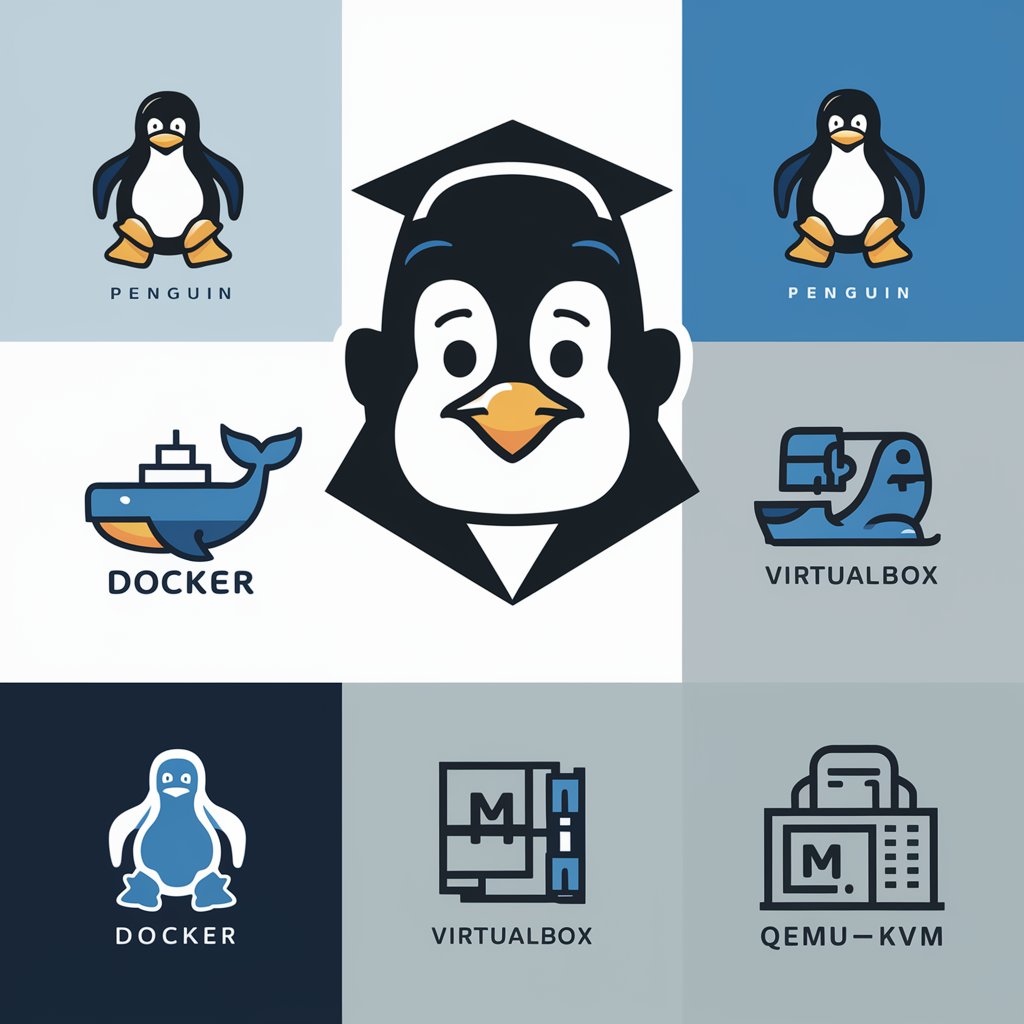Linux Terminal - Interactive Linux Terminal Guide

Welcome to the Linux Terminal. Ready for commands?
AI-powered Linux command mastery.
Execute the following command:
List the contents of the directory:
Display the system information using:
Check the disk usage with:
Get Embed Code
Understanding the Linux Terminal
The Linux Terminal, also known as the command line or console, is a text-based interface used to interact with the computer's operating system. Unlike graphical user interfaces (GUIs) that use windows and icons, the terminal allows users to perform tasks by typing commands. It's designed for efficiency and speed, enabling direct communication with the kernel and system services through a shell, like Bash or Zsh. For example, using the 'ls' command in the terminal will list the contents of a directory, demonstrating direct interaction with the file system. Powered by ChatGPT-4o。

Core Functions of the Linux Terminal
File Management
Example
Using commands like 'cp' for copying files or 'rm' to delete files.
Scenario
A system administrator can quickly copy log files to a backup directory or delete old files to free up space.
System Monitoring and Management
Example
Commands like 'top' for real-time system monitoring or 'systemctl' to manage system services.
Scenario
IT professionals monitor system performance and ensure critical services are running smoothly.
Software Installation and Updates
Example
Using package managers like 'apt' on Ubuntu to install or update software.
Scenario
Developers install necessary development tools and libraries or update existing software packages.
Network Management
Example
Commands like 'ifconfig' or 'ip' to configure network interfaces and 'ping' to test connectivity.
Scenario
Network administrators configure network settings or troubleshoot network issues.
Programming and Scripting
Example
Writing shell scripts or executing Python programs directly from the terminal.
Scenario
Programmers and system administrators automate tasks and run scripts to perform batch operations.
Who Benefits from Using the Linux Terminal
System Administrators
They use the terminal for server management, system monitoring, and automating routine tasks through scripts.
Developers and Programmers
They benefit from the terminal's ability to compile code, manage version control, and interact with development tools.
IT Professionals and Technicians
These users leverage the terminal for network management, hardware diagnostics, and resolving system issues.
Academic Researchers
Researchers use the terminal to process large datasets, run simulations, and manage computational tasks efficiently.
Tech-savvy End Users
Enthusiasts and power users utilize the terminal to customize their environment, run home automation scripts, and explore Linux capabilities.

How to Use Linux Terminal
1
For a hassle-free experience without login, visit yeschat.ai to access a free trial, no ChatGPT Plus required.
2
Familiarize yourself with basic commands (e.g., ls, cd, cat) to navigate and manage files and directories.
3
Learn to use the man command to access the manual pages of other commands, aiding in understanding their functions and options.
4
Experiment with piping (|) and redirection (>, >>) to efficiently manipulate and store command outputs.
5
Utilize command-line editors like vim or nano for text editing, offering a full-fledged text manipulation environment directly in the terminal.
Try other advanced and practical GPTs
Profit Pilot 360
Empowering decisions with AI insights

Podcast Expert
Transforming Text into Engaging Podcasts

Podcast Pro
Elevate Your Podcast with AI

AI Debate Coach by DebaTable
Elevate Your Arguments with AI

Quizmaster 20
Master the art of deduction with AI!

Yes And Amen meaning?
Elevate Inquiry, Enhance Understanding

Terminal Wizard
Empower your command line with AI

Terminal Emulator
Simulate Linux commands with AI

Terminal Guru
Instant AI-powered command guidance.

Arch Linux GPT
Empowering Arch Linux users with AI.

LINUX GURU
Empowering Linux and IT Mastery

Linux Sysadmin
Empowering Linux Virtualization with AI

Linux Terminal FAQ
Can I use Linux Terminal for programming?
Yes, Linux Terminal is ideal for programming, offering compilers and interpreters for various languages, text editors, and version control tools directly accessible from the command line.
How do I customize my Linux Terminal experience?
Customize your terminal by editing your shell's configuration file (.bashrc, .zshrc, etc.) to alter the prompt, define aliases, and set environment variables.
Is Linux Terminal suitable for beginners?
While initially daunting, Linux Terminal is suitable for beginners who are willing to invest time in learning. Resources like man pages and online tutorials are immensely helpful.
How can I use Linux Terminal to manage system processes?
Use commands like ps, top, kill, and systemctl to view, monitor, and manage running processes and services on your system.
Can I access remote servers using Linux Terminal?
Yes, with SSH (Secure Shell), you can securely connect to and manage remote servers, transfer files using scp or rsync, and even run graphical applications with X forwarding.
